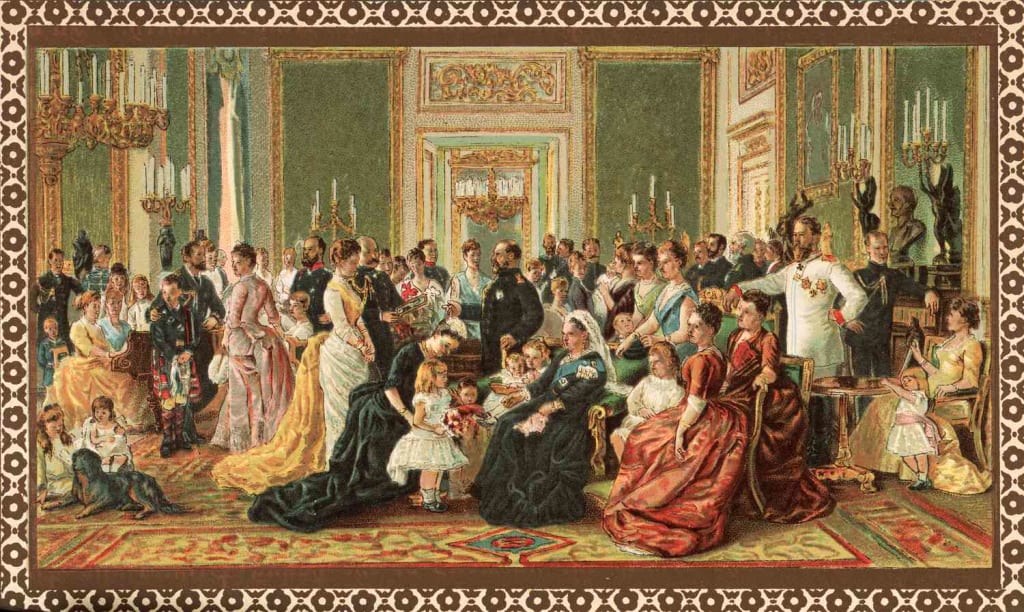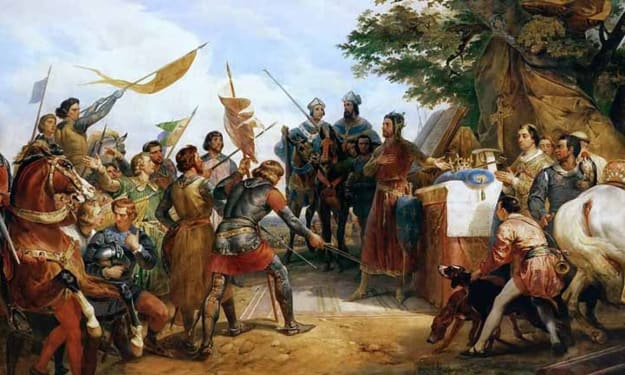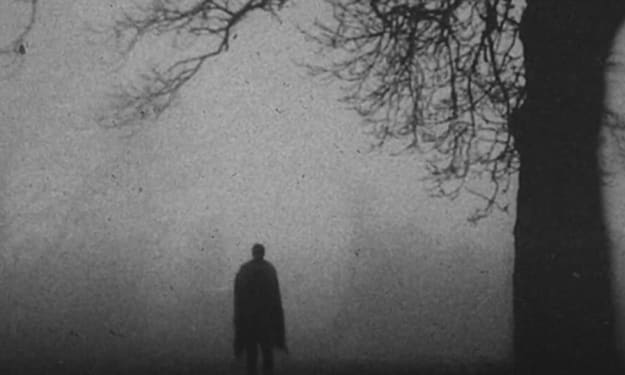"Victorian Virtues and Vices: Society in Flux"
Navigating the Contradictions of Victorian Society

In the hallowed corridors of the 19th century, the Victorian era emerged as a time of paradoxical contrasts—of rigid social mores and burgeoning progress, of lofty ideals and concealed vices. This pivotal epoch, spanning from 1837 to 1901 during the reign of Queen Victoria, witnessed a profound transformation in societal norms, values, and the very fabric of daily life.
Victorian society was characterized by a rigid class structure that stratified individuals into distinct echelons. The upper class reveled in opulence and social privilege, while the working class toiled in factories and mines, enduring harsh conditions. The burgeoning middle class, a product of industrialization, became a force that reshaped societal dynamics, challenging traditional norms and fostering a burgeoning spirit of entrepreneurship.
Morality was the cornerstone of Victorian virtues, and the era was marked by a fervent embrace of moral rectitude and propriety. Queen Victoria herself set the tone for this moralistic ethos, embodying the values of family, duty, and decorum. The "cult of domesticity" idealized the role of women as virtuous homemakers, while men were expected to embody stoicism and a sense of responsibility.
Yet, beneath the veneer of respectability, Victorian society concealed a myriad of vices. The urbanization and industrialization that defined the era brought about significant social upheaval. The working class, grappling with poverty and squalor, sought solace in the burgeoning gin palaces that dotted the cityscape. The temperance movement, a response to rampant alcohol consumption, gained momentum, reflecting the societal struggle against the excesses of inebriation.
The Victorian obsession with propriety extended to the realm of sexuality. The prevailing ethos emphasized restraint and modesty, relegating discussions of sex to the private sphere. However, the underbelly of Victorian sexuality manifested in the proliferation of clandestine brothels, the prevalence of sexually transmitted diseases, and a burgeoning underground market for erotic literature.
The rigid gender roles imposed by Victorian society contributed to a paradoxical view of women. While ideals of purity and virtue were exalted, women faced restrictive societal expectations that curtailed their autonomy. The burgeoning feminist movements of the late 19th century, led by trailblazers such as the suffragist Millicent Fawcett, sought to challenge these constraints and push for women's rights.
Technological advancements during the Victorian era ushered in unprecedented progress. The steam engine revolutionized transportation, the telegraph connected continents, and industrialization transformed production processes. The Great Exhibition of 1851, held in the Crystal Palace, showcased the zenith of Victorian innovation and industry, highlighting the empire's global reach and dominance.
Yet, this era of progress was not without its challenges. The rapid industrialization led to deplorable working conditions, as laborers toiled for long hours in factories with minimal wages. The plight of child laborers became a focal point for reformers like Charles Dickens, whose novels vividly depicted the harsh realities faced by the impoverished.
The Victorian fascination with the exotic and the unknown found expression in the realms of exploration and scientific discovery. Pioneers like Charles Darwin and Alfred Russel Wallace revolutionized the understanding of the natural world through their groundbreaking theories of evolution and natural selection. Concurrently, explorers such as David Livingstone and Richard Burton ventured into uncharted territories, bringing tales of distant lands back to the drawing rooms of Victorian England.
The Victorian era also witnessed the rise of philanthropy and social reform movements. Visionaries like Florence Nightingale revolutionized healthcare practices, laying the foundation for modern nursing. The abolitionist movement gained momentum, leading to the end of slavery in the British Empire in 1833.
As the 19th century drew to a close, the Victorian era left an indelible mark on the fabric of society. The rigid norms and values, juxtaposed against the tumultuous currents of progress and change, created a complex tapestry that continues to captivate historians and cultural scholars.
In reflecting on the virtues and vices of Victorian society, we find a kaleidoscope of contradictions—a society striving for moral rectitude while grappling with the shadows of its own making. The Victorian era, with its grandeur and flaws, remains an epoch that defined an era in flux, a time when societal norms were in perpetual negotiation, and the very foundations of modernity were being laid.
About the Creator
Andrew
I collect whispers of dreams and spin them into tales. Let me unlock the doors of your imagination. Come, turn the pages and wander through the worlds I weave.
Enjoyed the story? Support the Creator.
Subscribe for free to receive all their stories in your feed. You could also pledge your support or give them a one-off tip, letting them know you appreciate their work.






Comments
There are no comments for this story
Be the first to respond and start the conversation.